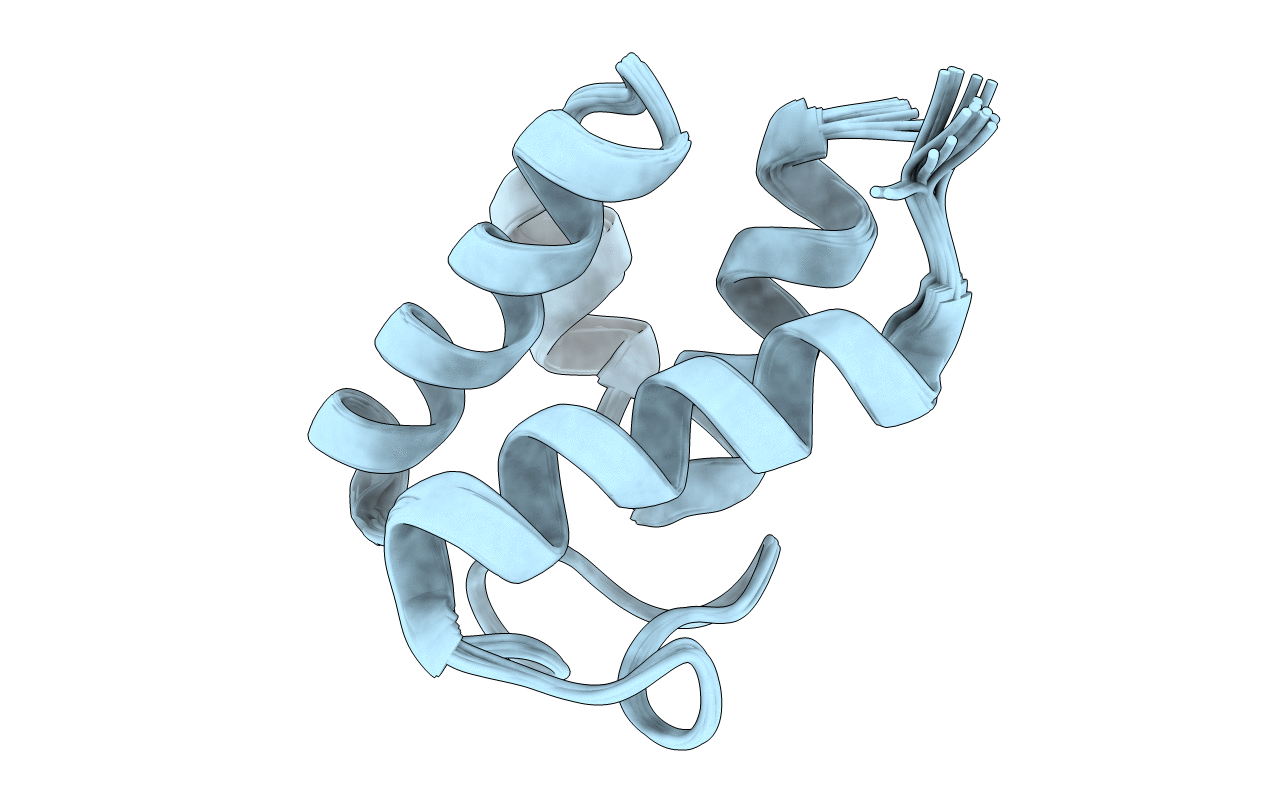
Deposition Date
2020-02-05
Release Date
2020-12-09
Last Version Date
2024-05-15
Entry Detail
PDB ID:
6LVT
Keywords:
Title:
Solution structure of holo acyl carrier protein from Thermotoga maritima
Biological Source:
Source Organism:
Thermotoga maritima MSB8 (Taxon ID: 243274)
Host Organism:
Method Details:
Experimental Method:
Conformers Calculated:
20
Conformers Submitted:
20
Selection Criteria:
all calculated structures submitted


